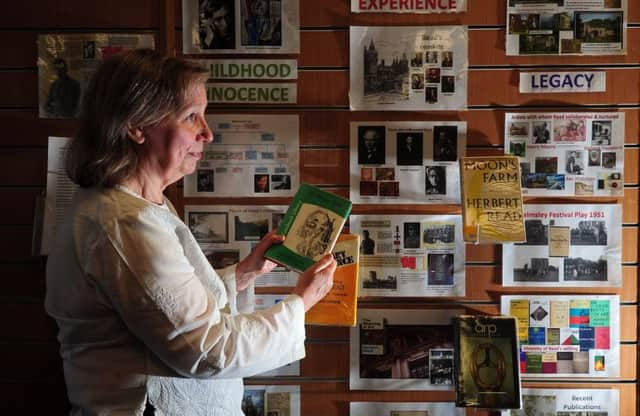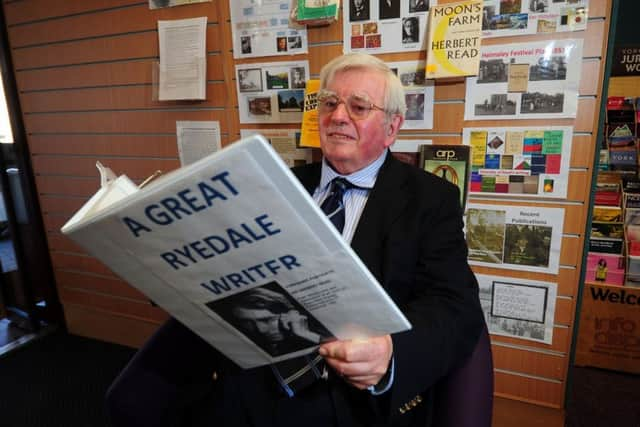Lost life of an incidental anarchist


Next week marks the 50th anniversary of his death, but it is being marked not at the British Museum or the Tate, but in the relative backwater of the lending libraries in Malton and Helmsley, curated by two retired teachers. There will be no keynote lectures or red-carpet visitations – just an hour set aside for a chat with the organisers.
Sir Herbert – the knighthood came in 1952 for services to literature – was not only a writer but also a publisher, the first to propagate the works of TS Eliot, and a noted anarchist who campaigned on behalf of political prisoners in Franco’s Spain.
Advertisement
Hide AdAdvertisement
Hide Ad“His circle of friends included George Orwell and Graham Greene. But as an English teacher at Ampleforth, I was amazed that even people like me never knew that this chap was on the doorstep,” said John Dean, who leads a local history group dedicated to Read and who, with his wife, Helen, is behind the anniversary exhibition.


“I taught at a school in Liverpool that had Wilfred Owen on its doorstep and the kids were absolutely Owen crazy. But Read is different,” Mr Dean said.
Owen’s name sits immediately above that of Sir Herbert on the memorial in Poet’s Corner within Westminster Abbey.
During the First World War, Read had served with the Green Howards. He won the Military Cross at the second battle of the Somme and the Distinguished Service Order
Advertisement
Hide AdAdvertisement
Hide AdMr Dean said: “Unlike Owen, Read dedicated only part of his life to war poetry. At one point he lived in studios in Hampstead with Henry Moore, Barbara Hepworth and the painter Ben Nicholson.
“They all shared studios in the same area. George Orwell was another member of the group.”
Read had been born in the North Riding farming hamlet of Muscoates, four miles from Kirkbymoorside. But in 1901, when he was eight, his father died of rheumatic fever and he spent the next five years in a charity orphanage on the moors above Halifax.
At 15, he was taken on as a clerk by the Leeds, Skyrac and Morley Savings Bank but managed to earn a place at Leeds University, whose archive now holds his library of 14,000 volumes.
Advertisement
Hide AdAdvertisement
Hide AdIts librarian, Richard High, said: “His papers include a postcard from Picasso. Given his wide range of interests, it’s a mystery that he is not better remembered.”
There have been several reappraisals of his work since his death in June 1968, at 74 – most recently, in 2004, a Herbert Read Conference at the Tate Britain.
“I think he has been unfairly dismissed,” Mr High said. “Perhaps his anarchism was compromised by his having accepted a knighthood.”
Sir Herbert spent the inter-war years in Edinburgh – where he eloped with his second wife – and in London, before returning to his beloved Yorkshire in 1948, buying the old rectory in Stonegrave, near his old home at Muscoates.
The exhibition on his life is at Malton Library until Tuesday before moving to Helmsley and later Kirkbymoorside.